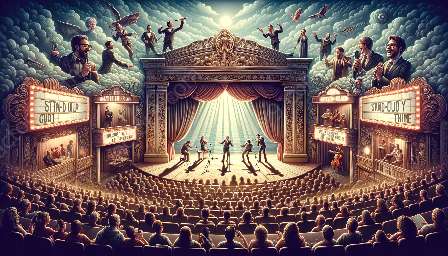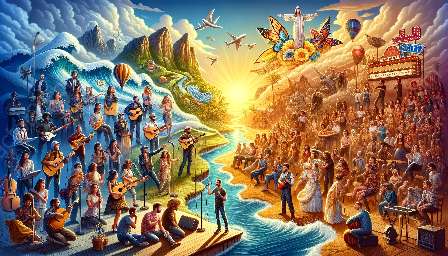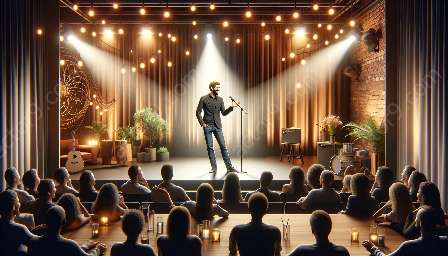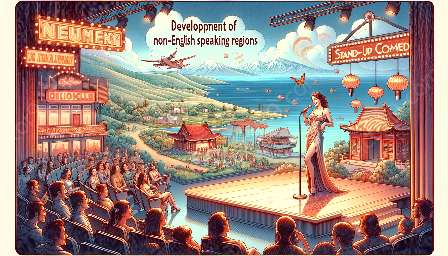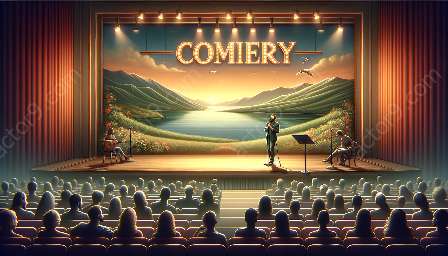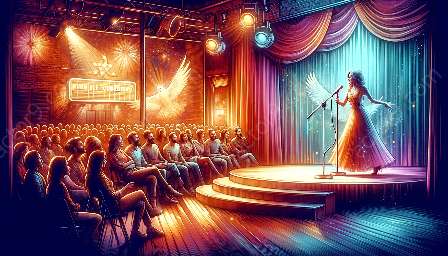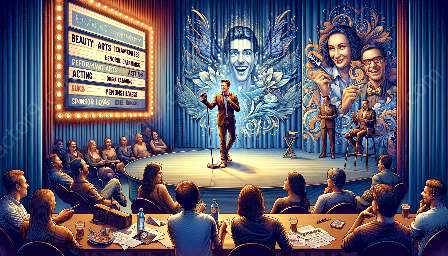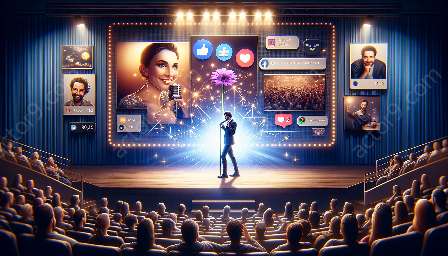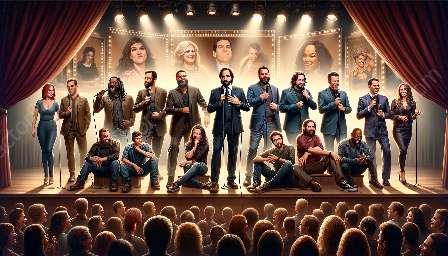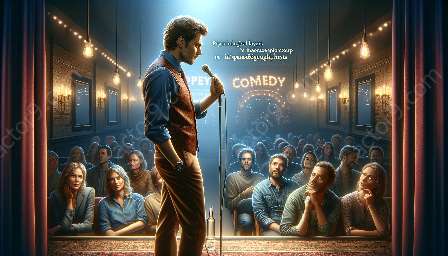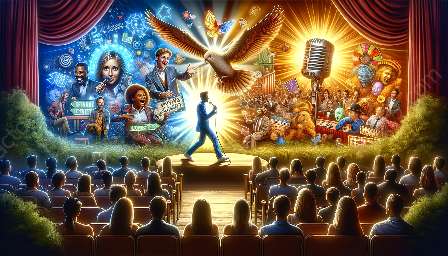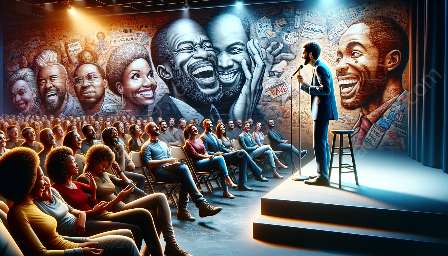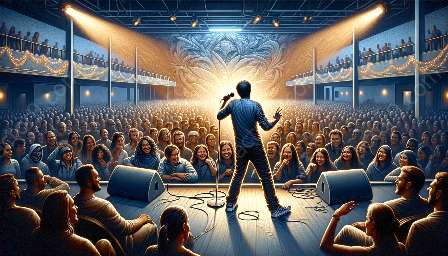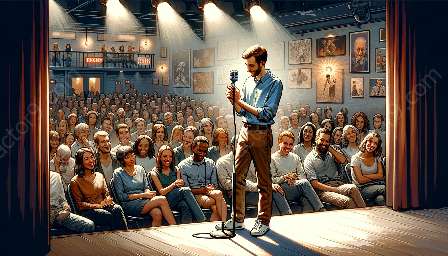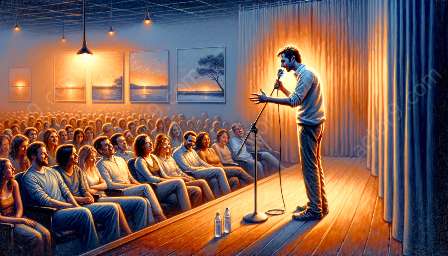Stand-up comedy has long been a male-dominated industry, posing unique challenges for female comedians. Despite this, women have made significant strides in the field, opening up new opportunities and paving the way for future generations. This article will delve into the historical barriers faced by female comedians, as well as the evolving opportunities that have arisen.
The Historical Challenges
Historically, stand-up comedy has been a male-centric domain, leading to challenges for female comedians attempting to break into the industry. In the early days of stand-up, societal norms often confined women to traditional gender roles, making it difficult for them to be taken seriously as comedians. Additionally, the male-dominated nature of comedy clubs and venues presented obstacles for female comedians to find stage time and gain recognition.
Female comedians also encountered sexism and gender biases from audiences and industry professionals. Their material was sometimes dismissed as not relatable to a broad audience, and they were frequently scrutinized for their appearance and demeanor on stage. As a result, many female comedians had to contend with limited booking opportunities and unequal pay compared to their male counterparts.
Breaking Barriers
In spite of these challenges, female comedians have persistently pushed the boundaries and shattered stereotypes, opening doors for themselves and those who would follow. Groundbreaking comedians such as Phyllis Diller, Joan Rivers, and Lily Tomlin paved the way for female comedians, demonstrating that women could excel in stand-up comedy and earn widespread acclaim.
The emergence of female-only comedy showcases and events provided a platform for women to showcase their talent and connect with audiences who appreciated their unique perspectives. Additionally, the rise of social media and digital platforms has enabled female comedians to bypass traditional gatekeepers and build their fan base directly, thus bypassing some of the industry's biases.
Opportunities and Progress
Today, female comedians have more opportunities than ever to thrive in the stand-up comedy world. The increased demand for diverse voices and storytelling has created a more welcoming environment for female comedians to share their experiences and perspectives. Many comedy festivals and clubs now actively seek out and promote women in comedy, recognizing their valuable contributions to the art form.
Female comedians have also leveraged their success in stand-up to branch out into other forms of entertainment, including acting, writing, and producing. This expansion of opportunities has enabled them to reach broader audiences and influence change in the broader entertainment industry.
Conclusion
While the challenges for female comedians in the history of stand-up comedy remain evident, the evolving landscape of the industry presents promising opportunities for women to make their mark. By overcoming historical obstacles and demonstrating their comedic prowess, female comedians have reshaped the narrative of stand-up comedy and proven that humor knows no gender boundaries.


